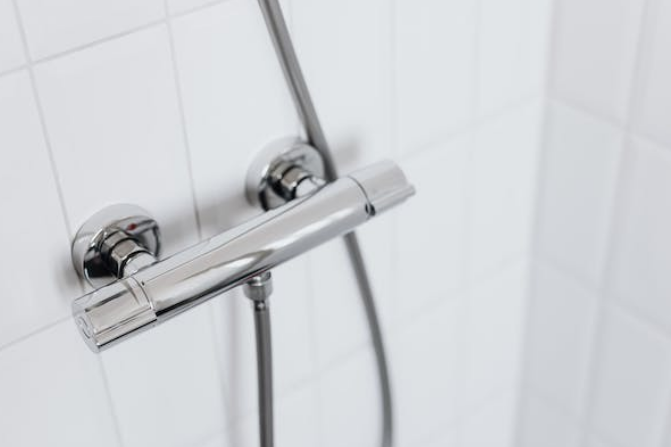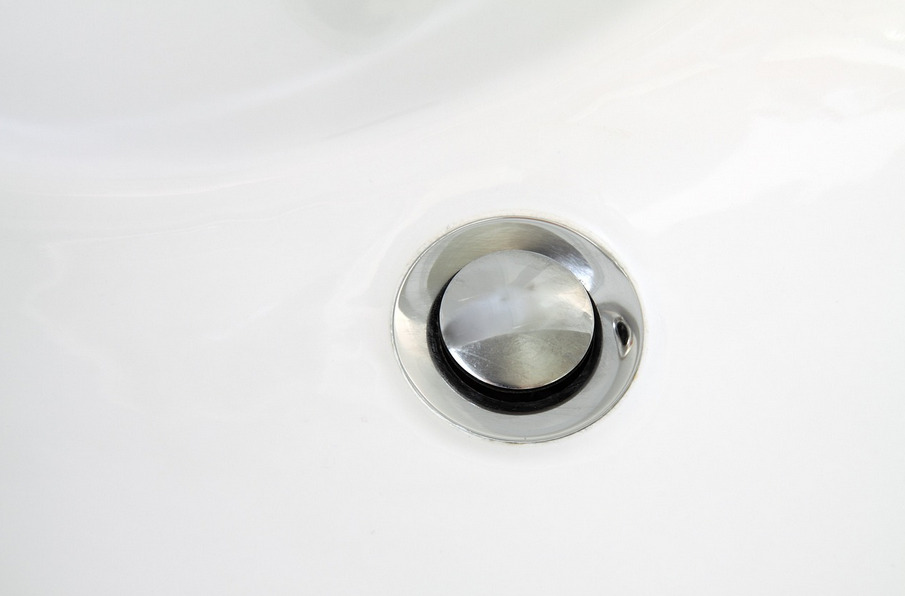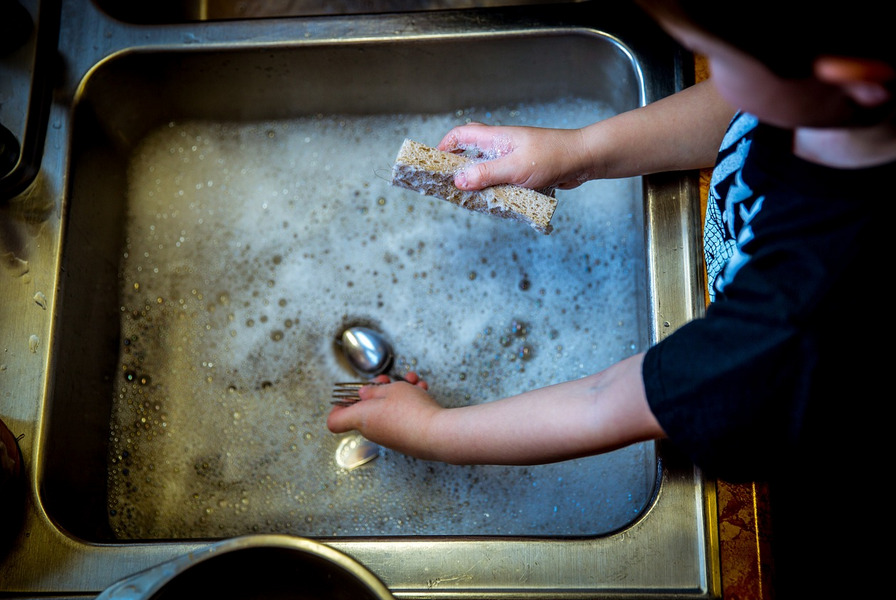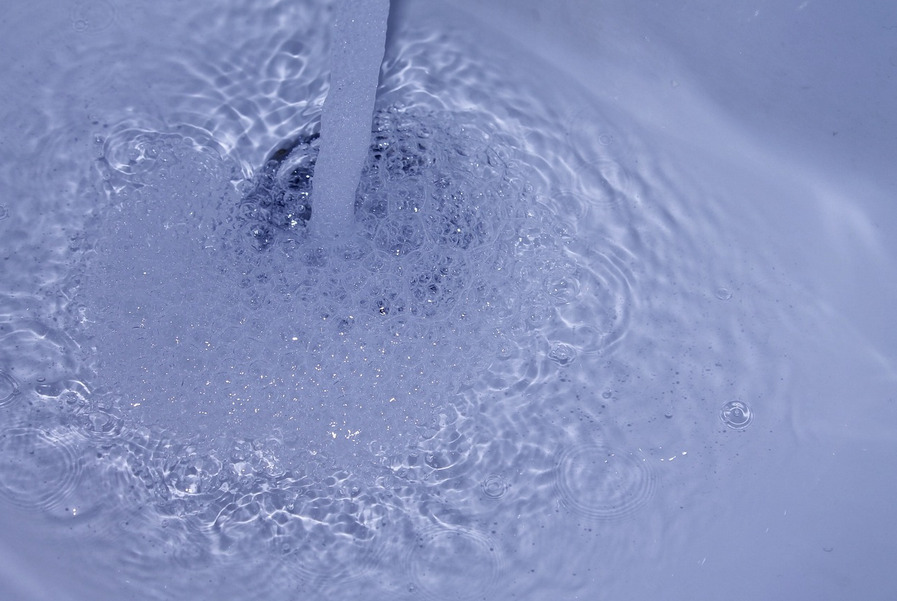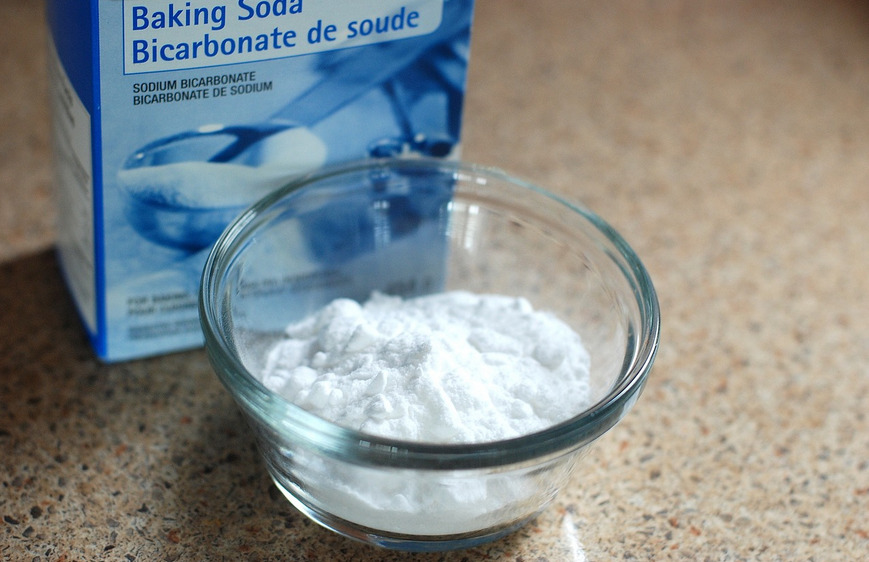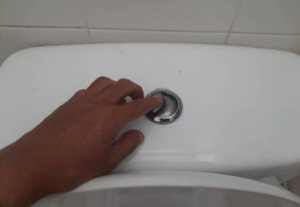Selecting the right plumbing fixtures for your home is a crucial decision that combines functionality, aesthetics, and personal preferences. Quality plumbing services and fixtures, including faucets, sinks, showers, and toilets, play a significant role in daily life and can greatly impact the overall look and feel of your living spaces. With a wide array of options, making informed choices about plumbing fixtures can enhance your home’s comfort, efficiency, and style. In this article, we’ll guide you through choosing the right plumbing fixtures for your home.
Consider Your Needs
Before exploring different fixture options, assess your household’s needs and priorities. For example, a durable and easy-to-clean kitchen sink and faucet might be essential in a busy family home. In a master bathroom, a luxurious shower system or a stylish freestanding bathtub might take precedence. Understanding your particular requirements will help you narrow down your choices.
Functionality and Features


Functionality should be a top consideration when choosing plumbing fixtures. Evaluate each fixture’s features and how they align with your daily routine. Look for features such as water-saving technology, adjustable spray settings, and touchless faucet operation. Consider fixtures with easy-to-use handles and knobs, especially if household members have mobility or dexterity issues.
Aesthetic Harmony
Plumbing fixtures contribute to the overall aesthetics of your home’s interior design. Choose fixtures that harmonize with your preferred style, whether contemporary, traditional, rustic, or minimalist. Consistency in design, finishes, and materials across fixtures creates a cohesive and visually pleasing look.
Material and Durability
Quality and durability are key factors in selecting plumbing fixtures that withstand daily use and the test of time. Opt for fixtures made from high-quality materials such as brass or stainless steel, which resist corrosion and ensure longevity. Research the manufacturer’s reputation and warranties to ensure you invest in fixtures that offer value and durability.
Water Efficiency
Water conservation is increasingly important for environmental sustainability and cost savings. Choose plumbing fixtures for water efficiency, such as faucets with low-flow aerators and toilets with dual-flush mechanisms. Look for fixtures with WaterSense or similar certifications, which indicate that they meet water-saving standards.
Size and Fit
Ensure that the dimensions of the fixtures fit comfortably within your available space. Measure the area where the fixture will be featured to avoid surprises during installation. Oversized fixtures can overwhelm a small area, while undersized fixtures may not offer the desired functionality.
Ease of Installation and Maintenance
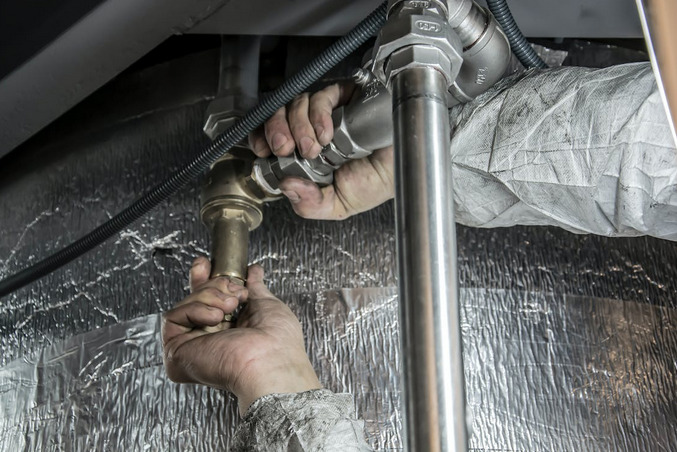

Consider the ease of installation and future servicing requirements when choosing fixtures. Some fixtures may require specialized installation techniques or additional plumbing work. Opt for easy installation and maintenance fixtures, saving you time and money in the long run.
Budget Considerations
Set a budget for your plumbing fixture upgrades and prioritize your spending based on necessities and preferences. While investing in quality fixtures is important, options are available at various price points that balance affordability and performance.
Choosing the right plumbing fixtures for your home involves a thoughtful balance between functionality, aesthetics, and practical considerations. By assessing your needs, prioritizing features, and aligning with your home’s style, you can create a plumbing system that enhances your daily routines and complements your living spaces. Prioritize quality, durability, water efficiency, and ease of maintenance to ensure that your chosen fixtures provide long-lasting value.

